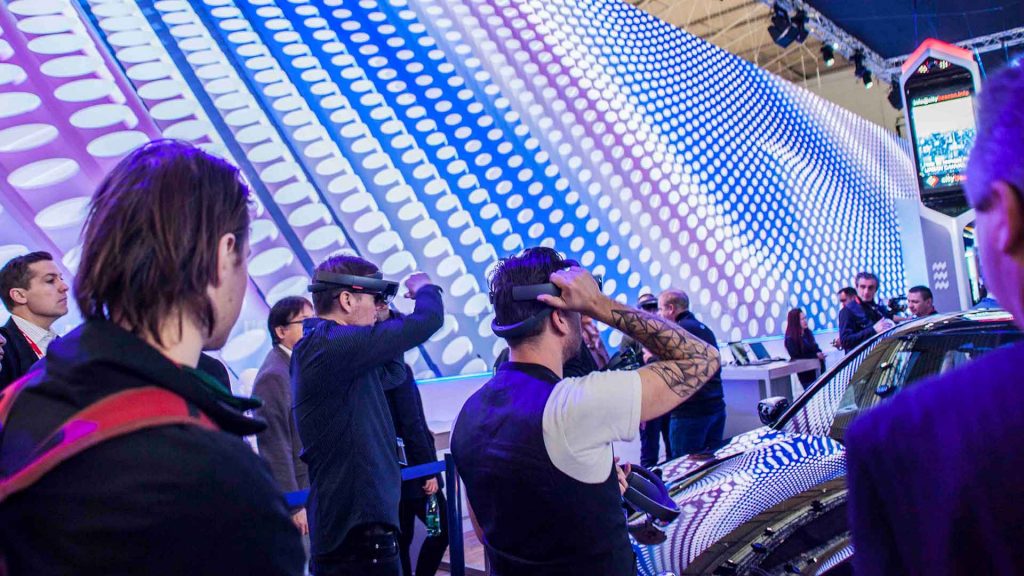Design effectiveness.
Back in the 90s, the evidence/data to support claims of design effectiveness was largely qualitative and anecdotal: surveys, quotes from attendees and client/staff feedback. However, the very definition of effectiveness has transformed. Behavioural change, job creation, education, customer service improvements and sustainability efficiencies are now often cited as the objectives of a creative brief.
2LK proudly won its very first design effectiveness award back in 1997, courtesy of the Design Business Association (DBA). In the intervening years, there’s been huge change across the creative landscape: the rise of digital, the fall of publishing and the introduction of ‘experiential’ as a marketing discipline.

Good, reliable data is still at the heart of any case for effectiveness, but it’s bloody hard to measure design’s impact for live activations. They typically last just a few hours to a handful of days, so there’s only one shot at measurement. We can’t refine the tools and techniques post-launch – and making real time executional tweaks is tough. There’s usually an absence of financial transactional data and in most cases the live attendee audience is tiny compared to the volume of ‘users’ in other channels.
So these days data effectiveness and design effectiveness must go hand in hand. With technological advances, it’s now possible to transcend typical transactional data and quantitatively measure those things that were previously unmeasurable. Attendee tracking via WIFI polling beacons, RFID badge tags, heat mapping, and real time video surveillance systems provide immediate and accurate attendee statistics. With visitors ever more comfortable with the idea of exchanging their data for valuable rewards, smarter event apps enable deeper user profiling.
However, it’s also important to differentiate between measuring an event’s details and measuring its effectiveness. The number of attendees is far less important than the value the attendees received. Data capture tools like Exposure Analytics’ brilliant ‘aperture’ system enable integrated AI systems to measure delegate emotions in real time. Intel’s latest Movidius chipsets can rip through video content analysis at astonishing rates to profile crowd reactions.

Many marketing channels filter success with a ‘bigger is better’ mentality – fastest selling, widest reaching, highest ranking. However, reaching 1 billion people through a mixture of paid, owned and earned social channels just isn’t the right kind of objective for experiential. It’s ok to encourage and to value social sharing, but consider how short and shallow these interactions really are when compared to the depth of experience for live attendees. Good live experiences resonate and reward, which is why they’ve increasingly become a form of social currency. Target shareable, but not at the expense of rewarding the real.
Despite the fact that we live in a world with an ever-increasing demand for immediate recognition, it’s unrealistic to expect meaningful results from singular activations. Brands forge cumulative emotional connections so it takes time and commitment to yield meaningful results – as people’s understanding, opinion and appreciation for the brand takes shape and grows.
When it comes to measurement, one size does not fit all. My agency’s approach is to work with each client to agree prioritised objectives that clearly define success. Then we fiercely filter every design decision through these principles. In so doing, we leave no room for personal opinions, individual preferences and emotional bias.
What makes experiential so powerful is probably what makes it so difficult to measure. Despite the many challenges, we’ve built a longstanding and powerful creative business around the philosophy of objective driven creativity. It’s about valuing the impact created, not just the things made. Since that very first accolade in 1997, we’ve racked up numerous effectiveness awards, including this one, as public and objective proof of this thinking.
If you’re buying design, challenge your agency on their approach to measuring results. If you’re from an agency, challenge your client with the same, however hard it might be. A coherent and professionally executed design strategy should always deliver a competitive advantage, whether that’s about smarter systems and processes, enhanced customer service, efficiencies, sustainability, improved profitability, or anything else.
Special thanks to Event Industry News for first publishing this article on 14 November 2018.
More reading:
Why attracting the right agency matters.